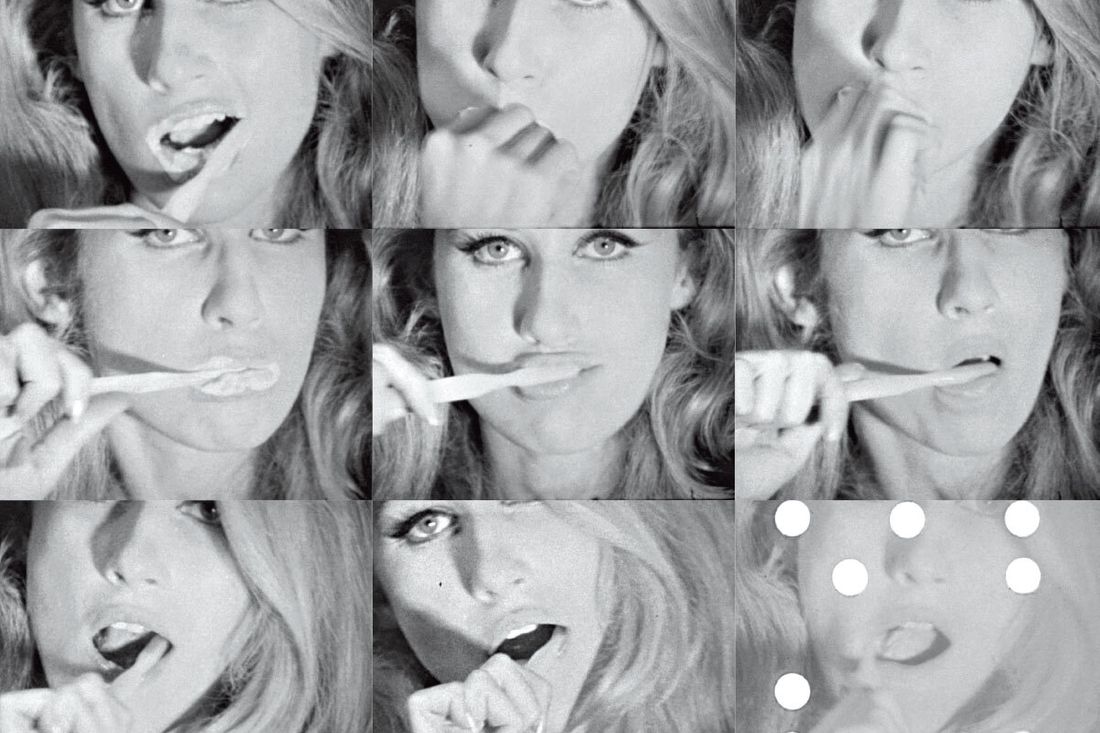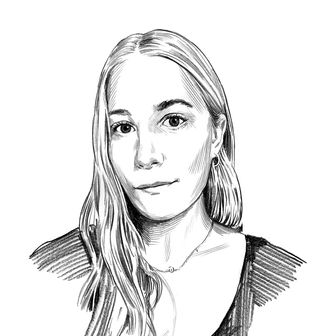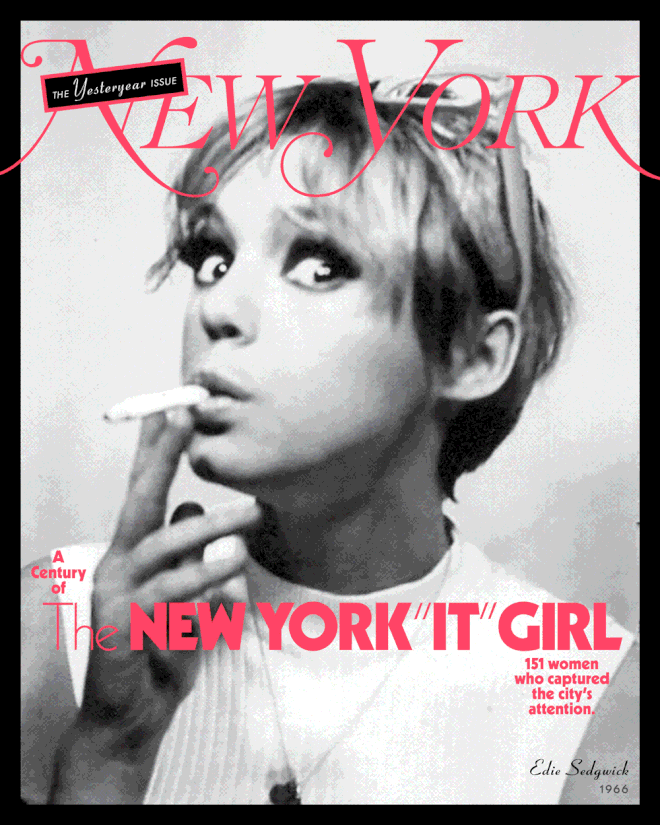What Happened to Baby Jane Holzer, the Original Warhol Girl? (original) (raw)
Jane Holzer Doesn’t Think Much About Her Year in the Spotlight
Catching up with the original Warhol girl.
By ,features writer at Curbed who reports on housing in New York City. She has been at New York Magazine since 2019.

Photo: © The Andy Warhol Museum, Pittsburgh, PA, a museum of Carnegie Institute. All rights reserved. Film stills courtesy The Andy Warhol Museum

Photo: © The Andy Warhol Museum, Pittsburgh, PA, a museum of Carnegie Institute. All rights reserved. Film stills courtesy The Andy Warhol Museum
Jane Holzer’s calling card was her hair: a towering blonde bouffant, teased and flipped over like a cresting wave, that Tom Wolfe would dub her “huge hairy corona” when he anointed her the “Girl of the Year” in 1964. At first, she was mostly another society girl: a 23-year-old Palm Beach heiress and Park Avenue housewife who had gotten a taste of fame when David Bailey took her photo for British Vogue in 1963_._ Around that time, Holzer was walking down Lexington Avenue when she ran into Andy Warhol, who asked her to be in his movies. With that, Baby Jane, as she was known, became Warhol’s first superstar, her corona bobbing to every concert, soirée, and shindig that mattered. She was a blonde flag planted on the dance floor signifying that whatever was happening was happening: the first “It” girl of the modern age.
Today, at age 82, Holzer lives full time in Palm Beach. The daughter of a real-estate investor — and the ex-wife of another — she is busy with the family business, managing residential and commercial properties across the county. Last fall, she razed a 4,400-square-foot South Ocean Boulevard mansion to build her own 11,000-square-foot one; the designs include a gallery for her large contemporary and Pop art collection, which, of course, includes many Warhols. Looking back, she considers her role in this revolutionary cultural moment as just another Happening: accidental, cool, not something to overthink. “It’s either constipated or not,” Holzer told me when I asked her how she decides on a scene to join, a club to enter, a dress to wear, a painting to buy. “And I very often choose ‘not.’”
A Century of the
New York ‘It’ Girl
More on the New York ‘It’ Girl
Unwittingly or not, Holzer created the mold for the “It” girls who followed: a young woman anointed as the avatar of a mood, a moment, a Zeitgeist. Wolfe called her the “queen bee for all flaming little buds everywhere.” The bouffant hairstyle became so popular that women across the country were asking to emulate the Baby Jane. Holzer, however, insists that she was never “It” at all, or didn’t mean to be if she was. “I mean, how did I become ‘Girl of the Year’? What a joke,” she told me over the phone in March. “It was weird, but it was fun. I didn’t realize that fun was something so serious and so forward thinking.”
By February 1965, a syndicated newspaper columnist was already complaining that he would “prefer not to know any more about Baby Jane Holzer and what she thinks about things.” (“Her name and face seem to be everywhere like a bare electric light you cannot turn off,” he wrote.) On a visit to New York, Princess Grace of Monaco told a New York Times reporter that she wanted three “current phenomena” explained, one of which was “Why Baby Jane Holzer?” “These things never bothered me,” Holzer insists today. “I knew it was fleeting. If you look at the history of anything, it’s fleeting. It was all bullshit.” Holzer took herself out of the scene a year later, when she started to notice “some people around Andy that I didn’t like,” she says. She had gotten a bad feeling about it, “and obviously I was right, because look what happened to poor Andy.” But after he was shot and until his death, Warhol and Holzer stayed close, and she collected his paintings. “All I saw was Andy painting these amazing pictures,” she says, “and, you know, I probably didn’t buy enough of them then.”
In the wake of her peak fame, Holzer continued acting in Warhol’s underground movies. She collected more art and continued to underwrite the young and edgy, including Harmony Korine’s Spring Breakers, which she helped produce in 2012. (She bristled at the idea that the debauchery of the movie ever resembled her exploits at El Morocco: “I never behaved like a Spring Breaker, that’s for sure.”) Holzer still has a reputation for putting on a good time: She is part-owner of the Palm Beach branch of Manhattan’s Le Bilboquet, and for New Year’s Eve, she threw a party in a warehouse. Meanwhile, her granddaughter Emma Holzer is on her own “It”-girl track, modeling and releasing singles called “Touch Me There” and “Champagne Benz.”
Even if Holzer finds her “It”-girl-dom a mystery, it cannot be escaped: In the fall, her friend the designer Anna Sui put on a show inspired by photos of Holzer dancing at the Peppermint Lounge. Models went down the runway with cat’s-eye makeup, hair ribbons, Mod skirts, patterned tights, and Mary Janes. Holzer, however, remains ever unsentimental: “I had all these amazing clothes. I must have worn them somewhere and had a good time.”
- ‘It’ Girls in Conversation: Anaa Saber, Maria Al-sadek, and Friends
- Today’s ‘It’ Girls in Conversation: Imani Randolph & Friends
- ‘It’ Girls in Conversation: Ivy Getty and Friends See All
What Happened to Baby Jane Holzer, the Original Warhol Girl?

